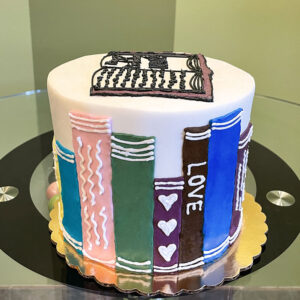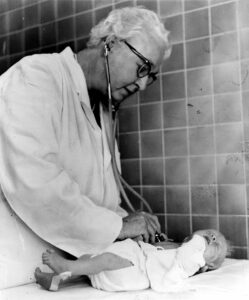
Photo credit: https://www.flickr.com/photos/spelio/8246404410, CC BY-NC-SA 2.0
by Debbie Burke
Writers love words, the weirder the better. Here’s a selection of unusual words and phrases that were unfamiliar to me until recently.
JUST DESERTS – This isn’t a new phrase but for many years, I spelled it wrong. I always assumed it was “desserts” (like cake and ice cream) because that’s how it’s pronounced. Turns out the correct spelling is “deserts.” A savvy TKZ follower (sorry, I can’t remember who) provided the correction. Thanks!
The original phrase came from 16th century Latin. “Just deserte“ meant “what is deserved.” Back then, it could refer to either reward or punishment. Over time, it took on a negative connotation. When someone did something bad, they had a comeuppance and got what they deserved. In crime fiction, when a villain is caught, they get their just deserts.
Why doesn’t someone start a business that’s a combination mystery bookstore and bakery? Call it “Just Desserts.”

A big thank you to a knowledgeable reader of British military history who introduced me to the following three examples:
INFRA DIG – This is a British slang term meaning “beneath one’s dignity” or “lower than one’s status.” The Oxford English Dictionary defines it as an adjective. Borrowed from the Latin phrase infra dignitatem, its earliest known use was traced to Sir Walter Scott in 1824.
Example: A snobbish author may feel it’s infra dig to have to do their own marketing. They’re in for a comeuppance.
OLQ – More British slang that’s an acronym for “officer-like qualities.” It’s used to describe enlisted personnel who have the potential to be promoted to officer ranks. Traditionally, social class was important in English military hierarchy. Due to family status, someone could automatically become an officer, whereas a person without social standing had to work extremely hard to be promoted.
COR BLIMEY or GOR BLIMEY – A British exclamation of surprise, shock, or anger. Cor or Gor are substitutions for the word “God” and are used to avoid the blasphemy of taking the Lord’s name in vain. Blimey is an abbreviated Cockney pronunciation for “blind me.” Therefore, cor blimey means “God blind me.” The term is firmly established in British slang and is the title of a 2000 TV movie.
SYNECDOCHE and METONYMY – These are literary terms that refer to using part of a phrase as an abbreviated substitute for the entire phrase. Oregon State University offers a helpful video to explain these related but slightly different definitions.

Dr. Virginia Apgar examines a newborn. Photo credit: Wikimedia
APGAR test or score – This is a quick assessment of a newborn’s condition administered by medical providers at timed intervals, the first within one minute following birth, then followed at five minutes following birth. It’s the acronym of:
A – appearance
P – pulse rate
G – grimace (indicates responsiveness)
A – activity
R – respiration
Little-known fact: the APGAR test or score is named for Dr. Virginia Apgar, an obstetric anesthesiologist and university professor who devised the test in 1952. Her mission was to reduce infant mortality by quickly recognizing problematic symptoms so they could be treated promptly.
This last phrase is from a crusty, cranky guy who’s done contracting work at my house. Mark brags he’s never read a book in his life, but he comes up with colorful expressions like this one:
“The sun sometimes hits a dog’s ass.”
~~~
TKZers: Do you recognize any of these examples? Do you have your own favorite weird word or phrase to share?
~~~
Is your writing group looking for a speaker? I’m scheduling zoom classes based on The Villain’s Journey-How to Create Villains Readers Love to Hate and would love to talk with your group. Please check out the book and email me at debbie@debbieburkewriter.com






 I stumbled across the subject of The Backwards Law by accident—a happy accident that led me to The Subtle Art of Not Giving a F*ck. Excellent book that I devoured in two sittings.
I stumbled across the subject of The Backwards Law by accident—a happy accident that led me to The Subtle Art of Not Giving a F*ck. Excellent book that I devoured in two sittings.


 When Dexter: Original Sin came out, I had my doubts. The ending of Dexter: New Blood left a bad taste in my mouth (I won’t spoil it for you).
When Dexter: Original Sin came out, I had my doubts. The ending of Dexter: New Blood left a bad taste in my mouth (I won’t spoil it for you). There was a hit song back in the 70s called “Torn Between Two Lovers” (not to be confused with the Hannibal Lecter hit, “Torn Between Two Livers”).
There was a hit song back in the 70s called “Torn Between Two Lovers” (not to be confused with the Hannibal Lecter hit, “Torn Between Two Livers”).